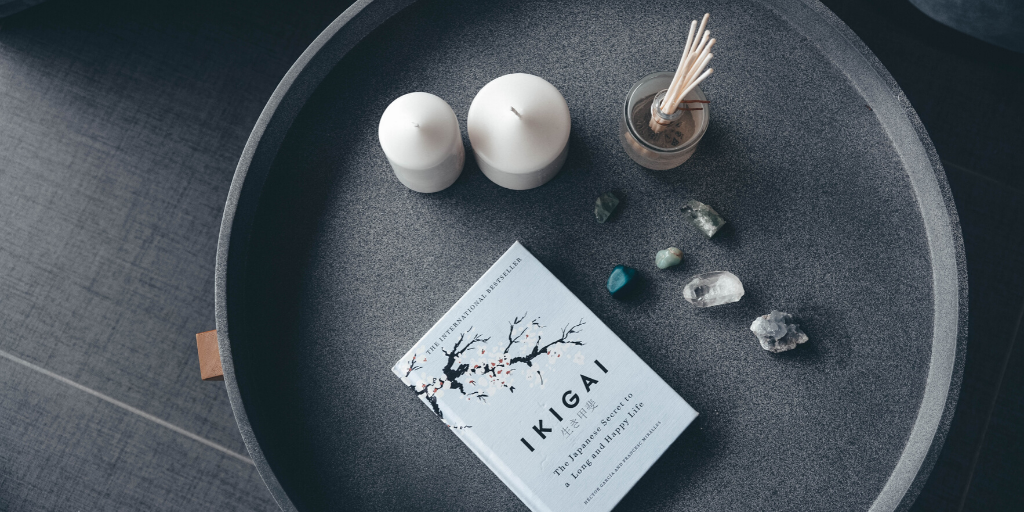Previously, I was describing how different people find meaning either in having, or being, or doing. Taking into account that doing plays an essential role in our lives, as it is what creates progress, I would like to introduce the Ikigai concept.
Ikigai Concept
Japanese have a concept of fulfillment that they call Ikigai. It combines what you are good at, what you like doing, what is good for the World, and for what you could get money. We could illustrate that with the following Venn’s diagram: Ikigai appears where all those areas cross each other.

To live a more fulfilling life, you might monetize one of your hobbies, find something likable in your current work activities, market what you are already doing to broader audiences, or find a niche where your products or services have a higher value. Don’t worry! Everyone’s situation and maturity are different. Maybe you won’t have your Ikigai in your twenties but will live your full potential in your fifties.
But how to find the thing about which you are genuinely passionate and would like to continue working on it if you do a lot of different joyful activities? What is the one true calling that would describe the deepest you?
One way to find that is to use the prioritizer – 1st things 1st, that I built to help people crystallize their thoughts and choices.
Using 1st things 1st to clarify your Ikigai
At 1st things 1st, you have something to prioritize and criteria by which to evaluate. When you rate each item by each measure, the tool calculates and sorts the elements from the most important to the least one.
Criteria
In the case of the searching of your Ikigai, you could have these criteria:
- Do I love doing it?
- Am I good at it?
- Can I be paid for it?
- Does the world need it?

There is a project template for that.
Activities
Then you would add all the activities that you have ever done that are very specific to you. Remember things from selling ice cream on the beach at your childhood to carving wooden figures in your free time, from enjoying movies on Netflix to visiting far-away secret locations of the World.

Evaluations
The next step would be to rate the activities by each criterion. For each activity, you would answer those questions with answers like:
- definitely
- probably
- possible
- probably not
- definitely not
Only you know what you like doing most and how good you are at that. Be open-minded and creative when deciding how much the World needs your activities and how much profit you could get out of it. In the age of the Web, there are many more possibilities than before.
If you don’t agree with my evaluations, that’s OK. You would evaluate your activities according to your worldview.
Priorities
And then it would be the time to unveil your Ikigai. In the end, the tool would list you out the most valuable activities on which you should proceed to work.
For example, according to my choices and evaluations, my Ikigai is programming and writing. It is one of the reasons why I write this and other blogs, published a book about programming with the Django framework, and work on web projects.

Let me help you to find the meaning of your life at www.1st-things-1st.com.
Introducing 1st things 1st, the ultimate solution for making complex decisions with ease.
With intuitive and smart prioritization tools, you can confidently prioritize options based on your personal preferences and assess them from multiple angles. Customizable templates allow you to align your priorities with your goals, while our AI-powered autosuggestion and fast evaluations equip you for confident and informed decisions.
Don’t struggle with analysis paralysis –
unlock the full potential of your decision-making with 1st things 1st.
Cover photo by Content Pixie
